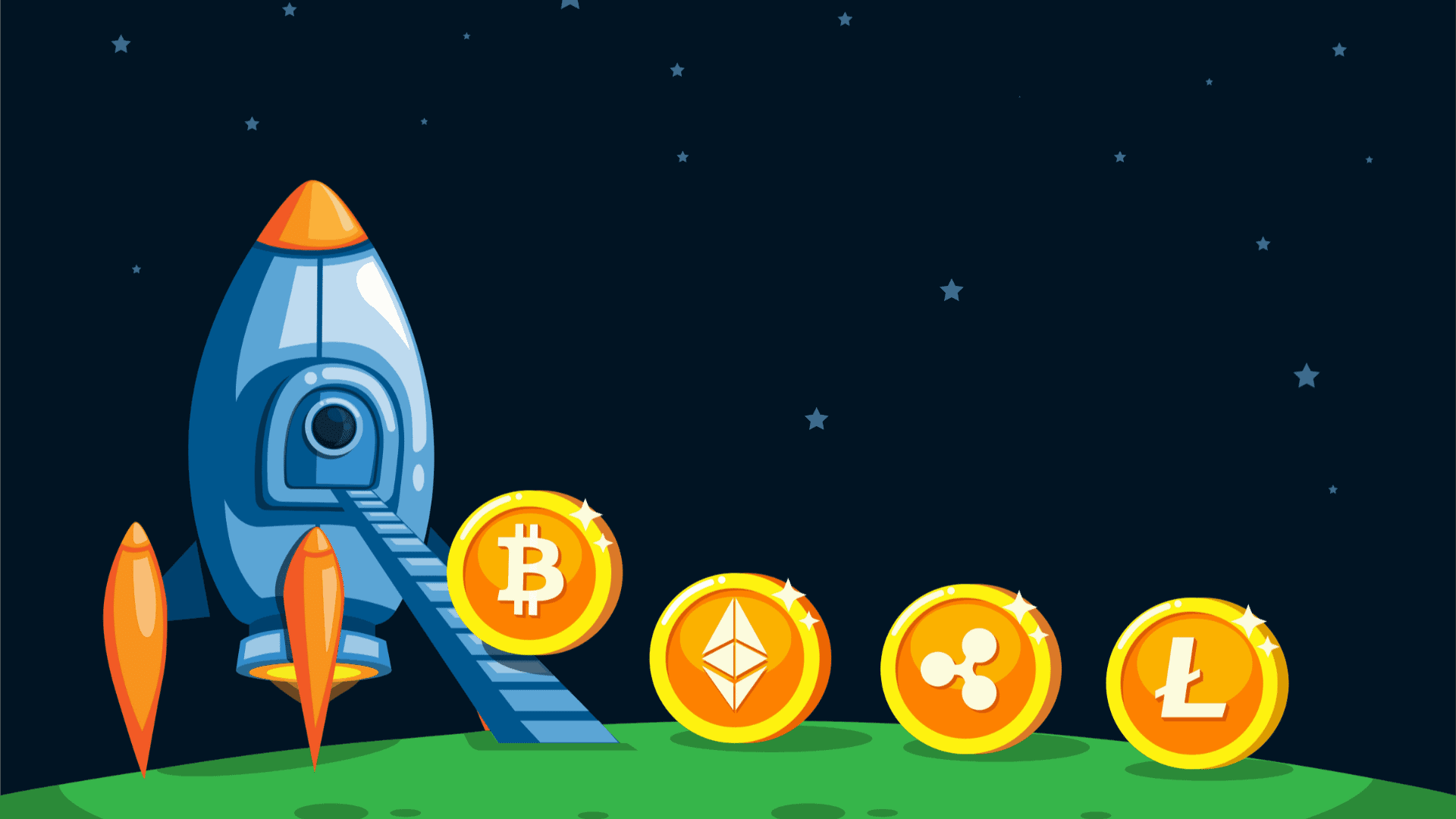While with paper money, central banks determine when and how much money to print and distribute, the main source of bitcoins is mining. Bitcoin mining is a process through which miners use their computers to solve complex computational problems for which they are rewarded with new bitcoins. The computational problems involve finding new transactions, their proof of work and placing them in blocks within as blockchain.
Bitcoin mining serves two primary purposes. First, it is to keep an immutable transaction record of bitcoins within the public distributed ledger that can be viewed by all members of the network. Secondly, it is a way of distributing new bitcoins to the network.
Process of bitcoin mining
Once a member of the network has made a transaction, the new transaction is broadcast to all nodes within the network. A miner node then collects the transaction and verifies it. It is then bundles into a block and the block is assigned a header.
The miners’ most difficult job is to find proof of work for each transaction. Proof of work is a computational method that makes it difficult for a new block to be added to a blockchain. It is a random process with low probability. It involves a series of trial and error until a valid proof of work is generated.
Finding proof work verifies a transaction. When proof of work has been found, the miner node broadcasts that block to all members of the network. The node then moves forward to work on the next block. Once the block has been created, a miner is rewarded with bitcoins. In addition, part of the transaction fees that are charged on the traders’ also go towards rewarding the miner.
Self limiting nature of bitcoin mining
From the first time bitcoins were created throughout their lifetime, only 21 million bitcoins can be generated. This far, 11 million bitcoins have been mined. There remains about 10 million more bitcoins to be mined. Researchers estimate that bitcoins will have reached their maximum mining limit by 2040.
Due to the limited maximum number of bitcoins that can ever exist, bitcoin mining is a self limiting process. Usually, the first transaction in a block produces new bitcoins that are paid to the miner who created that specific block.
However, since the inception of the bitcoin, the reward has been halving after every 210,000 blocks. This has made the rewards for bitcoin mining lower therefore resulting to a slow release of new bitcoins to the system. For instance, in 2009, the reward was 50 bitcoins. In 2012, it halved to 25 bitcoins and in 2016 it further halved to 12.5 bitcoins. The halving process is designed to continue for 64 times before the reward is increased again.
Another self limiting aspect of bitcoin mining is the network difficulty. As more members join the network, number of blocks created increases. Consequently, the system algorithm makes it more difficult for miners to find proof of work so as to lower the rate of block creation.
The network also self limits by offering computational difficulty. For a block to be accepted in a network, its header should be lower or equal to the target order. The probability of meeting this condition is low. Therefore, a node must keep attempting to get an appropriate order.
Bitcoin mining technology.
When bitcoin mining first started in 2009, any computer with a basic CPU would have been able to do mining. However, over the years, bitcoin mining has become a complex process that basic CPUs are not able to carry out effectively. As a result, there has been an emergence of specialized mining hardware and software including high end Graphics Processing Units (GPU), Field programmable gate Array (FPGA) computers as well as Application Specific Integrated Circuit (ASIC) computers. Each newer mining technology is more specialized to increase efficiency so as to allow miners earn more bitcoins. However, they are high energy consumption machines that increase the cost of mining. The high cost of mining has made it difficult for individuals to mine on their own leading to creation of bitcoin mining pools.
Bitcoin mining pools and centers
Miners come together and set up a mining place in places that have low electricity cost. For instance, they may generate their own geothermal energy and create a mining pool near it so that they are able to mine at lower electricity costs. By coming together, miners are also able to invest in high end dedicated bitcoin mining machines that can perform numerous computations per second therefore being able to mine more bitcoins.
Individuals looking to venture into bitcoin mining have two main options; either going alone or joining a mining pool. Each option presents its own advantages and disadvantages. While a pool allows miners to share resources, it means that rewards are shared. On the other hand, going alone can be challenging as bitcoin mining is a highly competitive process. Each miner’s node is in a competition with other miners’ computers to be able to catch a new transaction first. It is like playing lottery, one cannot be able to predetermine that their node will catch the new transaction.
A miner’s key role is to provide the best mining hardware and software and ensure a constant supply of electricity so that the system is among the fastest to be able to catch new transactions first. Miners who go alone may find the cost of setting up high end hardware and software high. Besides, when working alone one may go for maybe a year without successfully mining a single bitcoin.
Mining centers have many computers therefore increasing the chances of mining. Pools charge individual members 2% of their earnings. When one joins a mining pool, they are required to download a mining program. The program is usually a free to download open source code that connects an individual to the mining center.
Bitcoin mining provides the means for recording bitcoin transactions as well as generating and distributing new bitcoins. There are dedicated bitcoin mining software and hardware. Individuals can venture into bitcoin mining by joining bitcoin pools.




